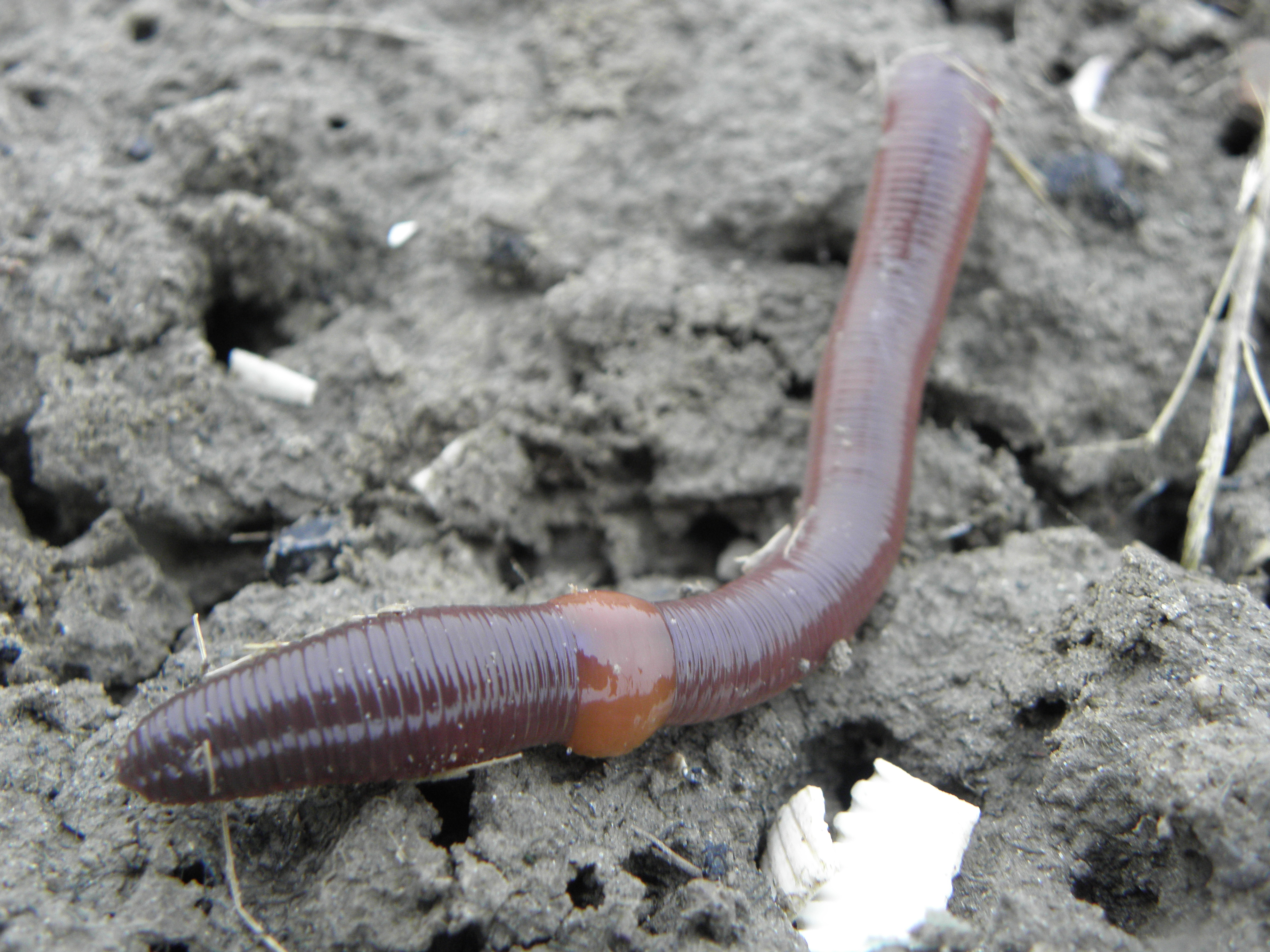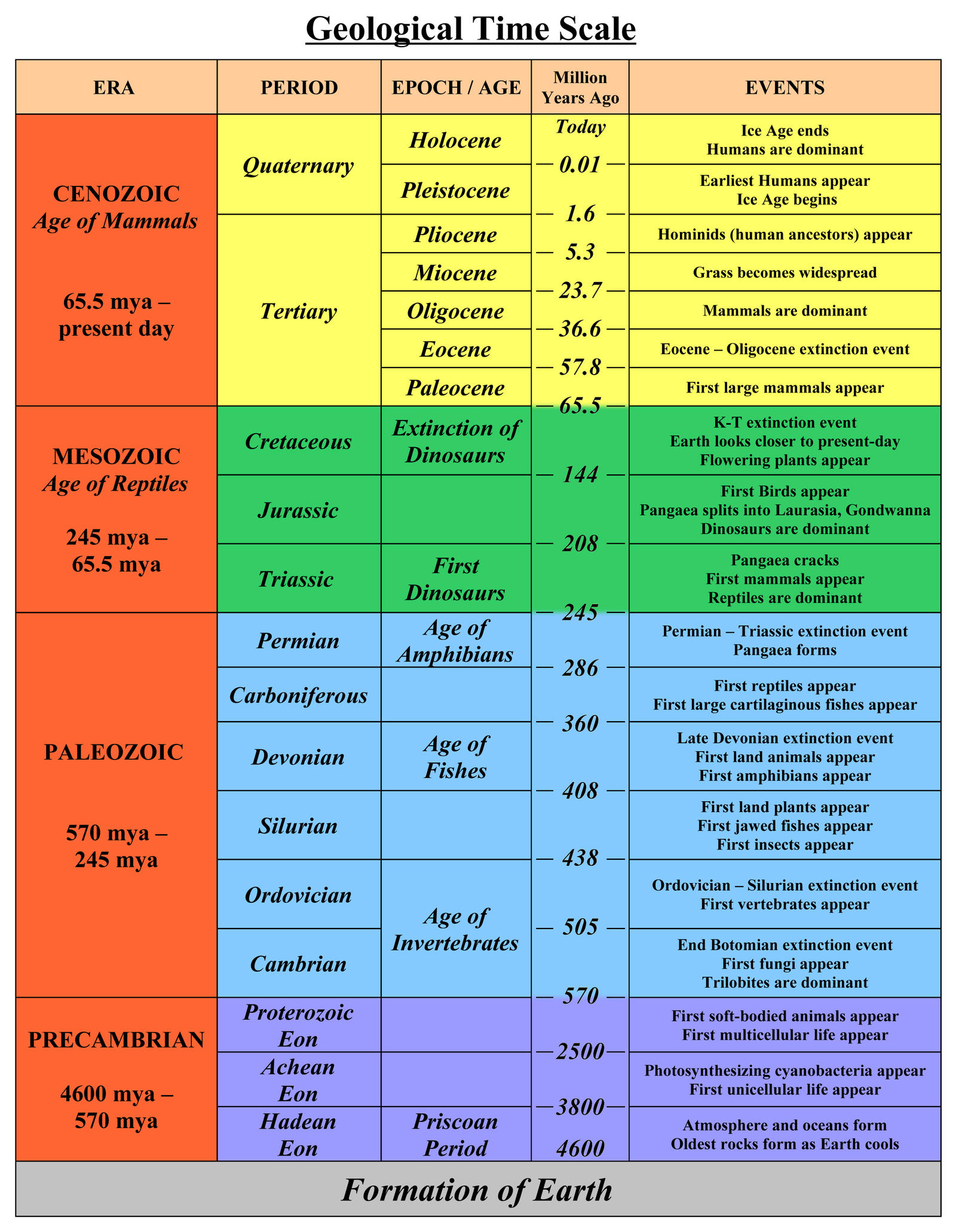Recently, my partner and I presented our TED Talk in class. In my opinion, we did a great job. From personal experience I have never been good at presenting things, and this, so far, was one of my best presentations yet. We tried to make our presentation funny to keep our viewers interested. We even have the YouTube video here.
Our presentation was about what aliens could potentially look like. We never found a definitive answer, but we got some general ideas. For example, the ability to absorb radiation.
Andrews Bio Blog
Friday, May 20, 2016
Monday, May 9, 2016
20 Time Project
In this project, my partner and I challenged our self's by researching a topic we have never been thought or looked into to deeply bu we still found the topic quite interesting. We chose this topic because we like a challenge and like I said before, this is and interesting topic.
 |
| This is where I got it |
Our plan was to look at planets and make or put organisms on different planets at see what changes would make that organism survive. This did not go to well. We did not know what we were getting into and decided to change the direction of the project at the last minute. What I learned from this as that you should always plan for what you want ahead of time. If I had the choice to change my project I would not, because I had a lot of fun making this. So I will continue this challenge until the end.
Wednesday, May 4, 2016
Unit 9 Reflection
 |
| This where I got This |
 |
| You can find this picture here |
You can view my presentation here
Also, we learned how we are related to a common ancestor and how we evolve through mass extinctions. We watched a PBS series about our inner fish which is called My Inner Fish. This series showed an anatomist and his adventures of finding bones that link gapes in Phylogenetic trees. The Tiktaalik is one example of what he found and it was an animal that showed the transition between water to land.
Sunday, May 1, 2016
My Inner Fish
| Here is where i got this pic |
The first episode talked about the transition between water to land. This animal was named the Tiktaalic and had the body of a fish and a head that resembled an alligator.
Friday, April 15, 2016
Earthworm, an Annelida
The Earthworm is an Annelida and arguably one of the first organisms to have a complete digestive track surrounded in muscle. Another characteristic of the earthworm would be that its skin is segmented and can have up to 5 heart. But contrary to popular belief, the earthworm can not re-grow when is is cut in half. The Earthworm's scientific name is Lumbricina.
The earthworms fertilizes and spreads oxygen trough out the ground to help plants grow. But if the Earthworm is introduced to a forest of an ecosystem with fence environment of trees, the earth worm becomes a destructive force of nature. The earthworm's fertilization promotes small and invasive plants that create competition for the trees. This, in turn, destroys the trees. Some of these trees are homes to birds, ad when they are destroyed the birds do not have a home most likely causing them to die off.
Here is where i got my information
 |
| The picture belongs to this website |
Here is where i got my information
Wednesday, March 23, 2016
Unit 8 Review
In this unit the biggest thing or theme we have learned was evaluation. For example, we learned about gene frequency which is the change of the amount of alleles in a population. Any change of the allele frequency means evaluation has taken place.
Another big concept we learned was speciation. This is where one population is separated by geological means. That is one of many ways speciation can happen. The out come of speciation is potentially an entirely new animal all together that can not reproduce with its original animal.
One of the last things we did was that we made a geological time line of the earth. We learned the scale and what happened during the earths creation. If you want more information on this please check out my other blog post Here.
The only question I have for this unit is what did the first multicellular organism look like? I guess the scientist will find out eventually.
In unit 7 our class worked on being assertive and continued this to this unit in group projects. You can view a video about this here. In the geological timeline of Earth our class practiced on how to be assertive. In my group I felt like the leader and carried my own weight as well as I told other people what to do kindly.
 |
| Where this picture came from |
One of the last things we did was that we made a geological time line of the earth. We learned the scale and what happened during the earths creation. If you want more information on this please check out my other blog post Here.
The only question I have for this unit is what did the first multicellular organism look like? I guess the scientist will find out eventually.
Monday, March 21, 2016
Geological Time Line Individual Reflection
Recently in our class we have been working on a geological time line of the Earth's lifespan. And in this blog post I will tell you about the 3 most crucial events to take place on planet Earth (in my opinion).
First is the Cretaceous period or the period where the dinosaurs went extinct. I believe this is one of he most important periods in the history of earth. The extinction of the dinosaurs showed us humans that a very powerful spices can still be completely destroyed due to random chance or just plain luck.
Second is the Pleistocene age where the first human was believed to be created. This age shows that humans were once in the middle of the food chain and struggled for survival. And today we try and save other animals.
The last Period of importance is the Proterozoic Eon where the first multicellular shows up on the earth. With out this Eon life as we know it would never happen.
The scale of Earths time line is tremendous and humans only take up 200,000 years of the 4.6 billion years of earths time line and it is only growing. And we still manage to mess it all up in that short period of time. If we do not kill our self from climate change then something else will. It is only matter of time.
First is the Cretaceous period or the period where the dinosaurs went extinct. I believe this is one of he most important periods in the history of earth. The extinction of the dinosaurs showed us humans that a very powerful spices can still be completely destroyed due to random chance or just plain luck.
Second is the Pleistocene age where the first human was believed to be created. This age shows that humans were once in the middle of the food chain and struggled for survival. And today we try and save other animals.
The last Period of importance is the Proterozoic Eon where the first multicellular shows up on the earth. With out this Eon life as we know it would never happen.
The scale of Earths time line is tremendous and humans only take up 200,000 years of the 4.6 billion years of earths time line and it is only growing. And we still manage to mess it all up in that short period of time. If we do not kill our self from climate change then something else will. It is only matter of time.
Subscribe to:
Comments (Atom)
